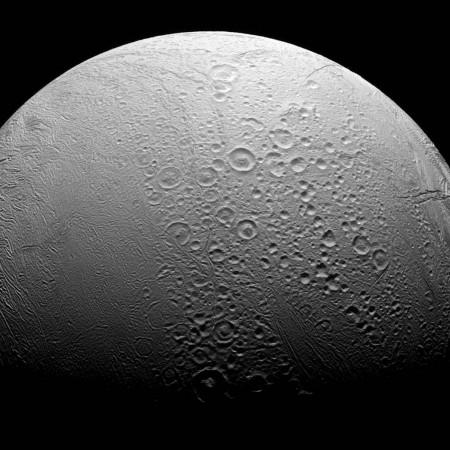Planets near stars are normally believed to be capable of harbouring some form of alien life, only if they fall within what is known as the "Goldilocks Zone". That means a planet needs to be far enough from the star to allow it hold water at just the right temperature. Too far and surface water is completely frozen solid, too near and water is evaporated. Scientists now believe that even a planet's axis can determine if it can host life.
A planet's tilt and orbital dynamics play just as important a role as distance from the star, says a new research carried out in the University of Washington. There are chances of a planet going completely frozen, this includes whole oceans and other sources of water. Surface life will be impossible in such planets, researchers say.
The study involved the planets that are within the hospitable zones of G-dwarf stars - stars similar to the Sun.
Computer simulations were run on a number of these planets to see how two features – a planet's obliquity and its orbital eccentricity affect chances of life in them. Obliquity describes the tilt relative to its orbital axis, which is responsible for the planet's seasonal changes and orbital eccentricity describes how oval its orbit around its parent star is.
Researchers posed a simple question that led to this study – the Earth circles the Sun with an axial tilt of about of about 23.5 degrees, which deviates very slightly over thousands of years. What if those deviations are greater in an Earth-like planet orbiting a Sun-like star? Until this study was done, the answer was always thought to be that the planet would get really warm, so extraterrestrial life was always a possibility.
"We found that planets in the habitable zone could abruptly enter 'snowball' states if the eccentricity or the semi-major axis variations — changes in the distance between a planet and star over an orbit — were large or if the planet's obliquity increased beyond 35 degrees," said Russell Deitrick, lead author of the paper.
"While past investigations found that high obliquity and obliquity variations tended to warm planets, using this new approach, the team finds that large obliquity variations are more likely to freeze the planetary surface," he said. "Only a fraction of the time can the obliquity cycles increase habitable planet temperatures."
The researchers say that this study could narrow down the search for life in the cosmos by eliminating planets that have erratic tilts.
The study was first published in the Astronomical Journal.











![PM Modi's 2025 in frames: From Op Sindoor to Ram Mandir Dhwajarohan [Photos]](https://data1.ibtimes.co.in/en/full/826530/pm-modis-2025-frames-op-sindoor-ram-mandir-dhwajarohan-photos.jpg?w=220&h=138)






